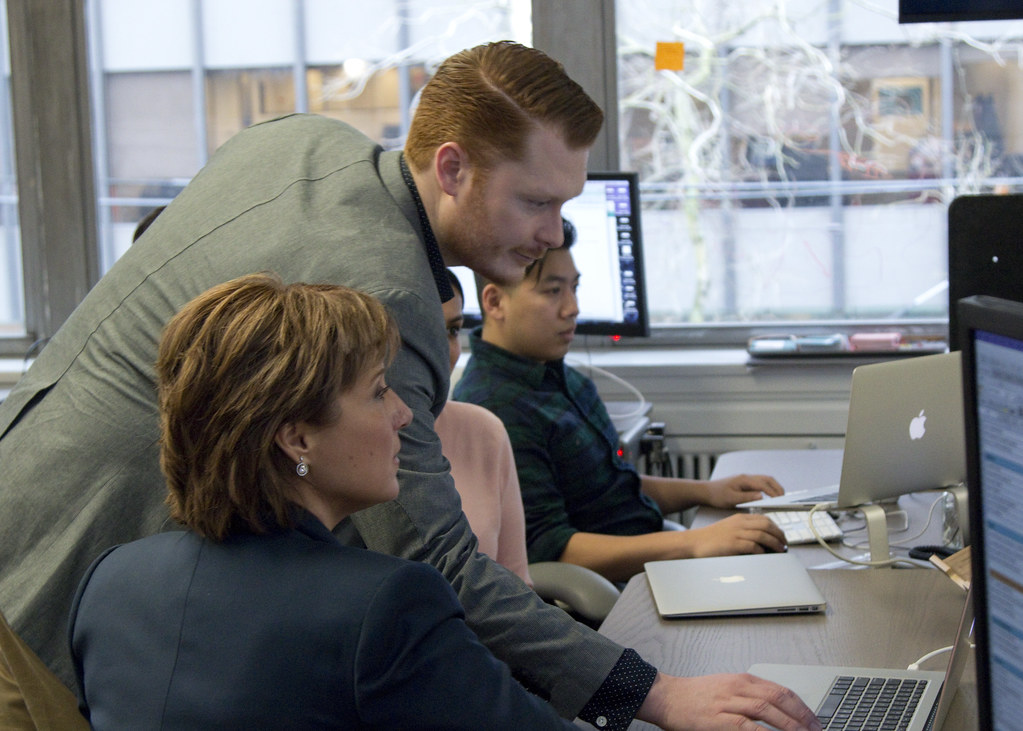Restaurant accounting automation cuts costs and increases profits by reducing manual data entry, minimizing errors, and providing real-time financial insights. It streamlines expense tracking, inventory management, and payroll processing, leading to more efficient operations. This allows restaurant owners to focus on strategic growth and enhancing customer service, ultimately boosting profitability.
Introduction to Restaurant Accounting Automation
Restaurant management involves various tasks, including customer service and inventory management. Accounting is a critical aspect that can impact the bottom line. Conventional techniques can be labor-intensive and prone to mistakes, which adds to the expense. Restaurant accounting automation software can streamline financial operations by utilizing advanced technology to handle repetitive tasks like data entry and invoice processing.
This saves time for staff and enhances accuracy, helping restaurants maintain a healthy financial standing. Integrating sales systems and accounting software allows for real-time updates and accurate financial reporting, eliminating the need for manual bookkeeping and error-prone spreadsheets.
Benefits of Automating Restaurant Accounting
Automated systems in the restaurant industry offer several benefits. By managing routine jobs, they can free up staff members’ time so they can concentrate on other essential business responsibilities. They also ensure accurate financial data, minimizing human error and reducing the risk of financial discrepancies.
Because automation eliminates the need for costly mistakes and manual labor, it can also reduce operating costs. This can lead to substantial savings in payroll expenses and late fees.
Additionally, automation can optimize inventory management, preventing overstock and reducing food waste.
Real-time insights from automated systems enable restaurant owners to make informed decisions, such as managing cash flow, optimizing resource allocation, and identifying new revenue opportunities. These insights can also help adjust marketing strategies, manage peak times effectively, and respond promptly to financial anomalies.
How Automation Reduces Costs
Automated accounting systems can significantly reduce restaurant costs, such as reducing the need for additional staff, resulting in savings on wages and benefits. Reducing errors in financial reporting can save thousands of dollars annually, avoiding penalties and interest from tax authorities.
Automation can streamline inventory management, reduce waste, and optimize ordering processes. Additionally, automation can reduce costs related to paper and printing, environmental benefits, and office supplies expenses. Better cost tracking can help identify areas for cost reduction, such as energy consumption or vendor contracts.
Increasing Profits Through Better Financial Management
Restaurant automation can save costs and increase profits by providing a more transparent financial picture. Real-time data and automated reports enable restaurant owners to identify profitable or underperforming areas, allowing for strategic menu adjustments.
According to Forbes, restaurants using automation have seen improved profit margins. Real-time financial insights also help develop effective marketing strategies, allowing for targeted promotions and discounts.
This data-driven approach maximizes ROI and ensures practical and efficient promotional efforts. Automated systems also facilitate better vendor and supply chain management, keeping the cost of goods sold (COGS) in check without compromising quality.
Key Features to Look for in an Accounting Automation System
When choosing an accounting automation system, consider its integration capabilities, user-friendly interface, scalability, and security features. Make sure the system can easily interface with other software and point-of-sale (POS) systems you already have in place. This will enable a single platform for combining financial data.
The software should be easy to use, even for tech-savvy team members, reducing the learning curve and increasing the likelihood of successful implementation. Choose a system that can grow with your business, accommodating increased data as your restaurant expands without requiring a complete overhaul.
Strong security measures are essential for maintaining privacy and safeguarding sensitive financial data. These elements include encryption, user access controls, and frequent software updates. Ensuring authorized personnel have access to financial data helps maintain compliance with data protection regulations.
Implementing Automation in Your Restaurant
If you take the proper strategy, switching to an automated accounting system can go smoothly. Start by assessing your present procedures and determining which areas stand to benefit the most from automation. Research and find a system that meets your needs and budget. Train staff and gradually roll out the system. Start with a pilot program in one area, such as payroll or inventory management, to identify challenges and adjust the system as needed.
Gradually expand automation to other accounting processes, ensuring smooth transitions. Consistent feedback and training sessions can help mitigate issues and improve user adoption rates. Consider working with a specialized consultant or vendor.
Common Pitfalls to Avoid
Automating your restaurant’s accounting processes can be beneficial, but avoiding common pitfalls is essential. Train staff correctly, prevent maintenance systems, and balance automation and human touch for personalized financial management. Customize the automation system to fit your business needs, as out-of-the-box solutions may need to address specific operations. Keep an eye on the system’s performance at all times, and use frequent audits and feedback loops to make the necessary corrections. Regular audits and feedback can help fine-tune the system to meet your needs better.
Conclusion
Accounting automation can significantly reduce costs and increase profits for restaurants. By investing in the right system, owners can enjoy reduced operational expenses, improved accuracy, and enhanced financial insights. This modern approach to accounting can lead to a more efficient and profitable operation.
Adopting automation simplifies day-to-day operations and provides a robust framework for future growth and profitability. Time, cost, and accuracy benefits outweigh the initial investment, making automation a strategic choice for modern restaurants.

